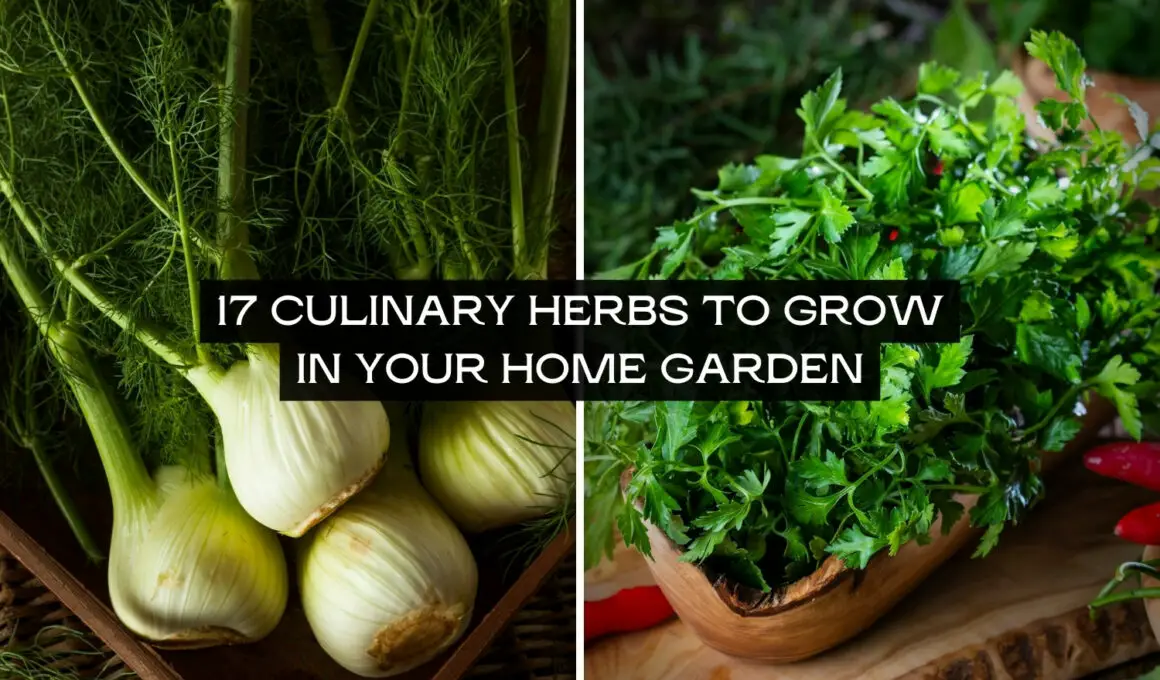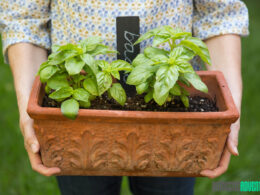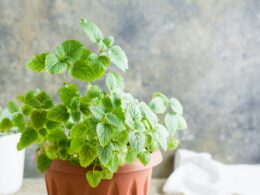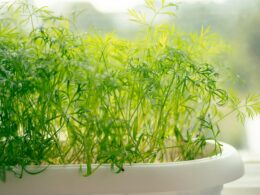In This Article Show
With over 13 years of gardening under my belt, I’ve come to appreciate the simplicity and satisfaction that comes from cultivating my herbs. Whether you’re seasoning a dish or garnishing a plate, the difference between store-bought and home-grown is unmistakable.
For those considering starting their herb garden, the good news is that it’s easier than you might think. Many culinary herbs are forgiving to grow, making them perfect for gardeners of all levels. From the robust flavors of basil and rosemary to the subtle nuances of chives and tarragon, there’s a herb for every palate and dish.
In this post, we’ll explore 17 culinary herbs that not only thrive in home gardens but also elevate your cooking to a new level. We’ll cover essentials like parsley, mint, and cilantro, alongside less common varieties like borage and sorrel, offering tips on planting, care, and usage. Whether you have a sprawling garden or a small balcony space, these herbs are adaptable and manageable for everyone.
Essential Culinary Herbs to Cultivate in Your Home Garden
Let’s bring to life the essence and practical advice for each of these wonderful culinary herbs:
1. Basil
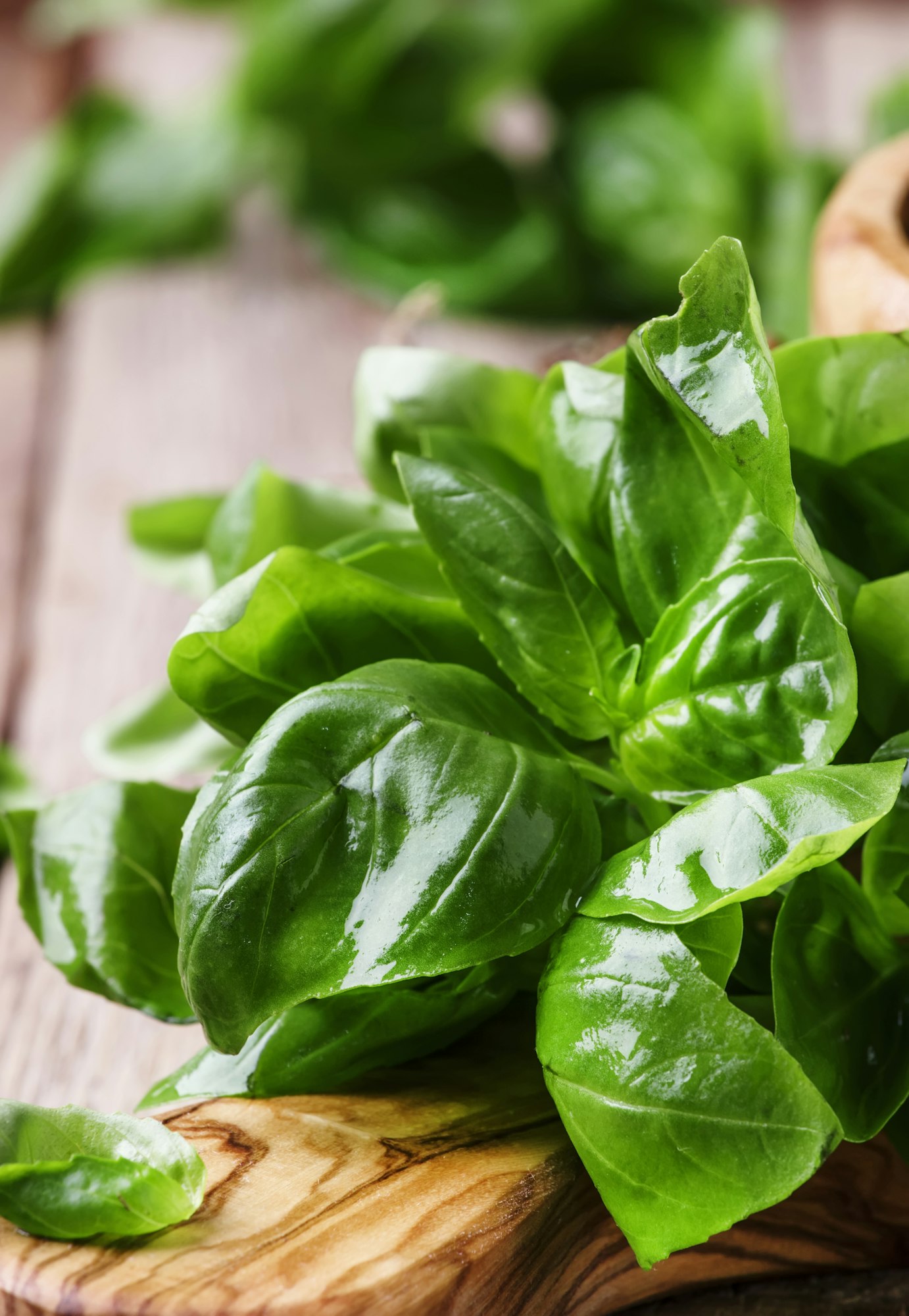
Basil stands as a pillar in the culinary herb garden, celebrated for its vibrant aroma and the sweetness it brings to dishes. Thrives in warm, sunny spots with moist, well-drained soil. Sweet Basil offers a classic flavor perfect for pesto, while Thai Basil adds a licorice twist to Asian dishes.
Culinary Uses
Get Gardening For Beginners
Our new EBOOK shows newcomers and green thumbs alike a step by step guide to growing the garden of their dreams.
Basil is a staple in Italian cuisine, pairing beautifully with tomatoes, and is essential in Thai cooking for its aromatic lift.
2. Mint
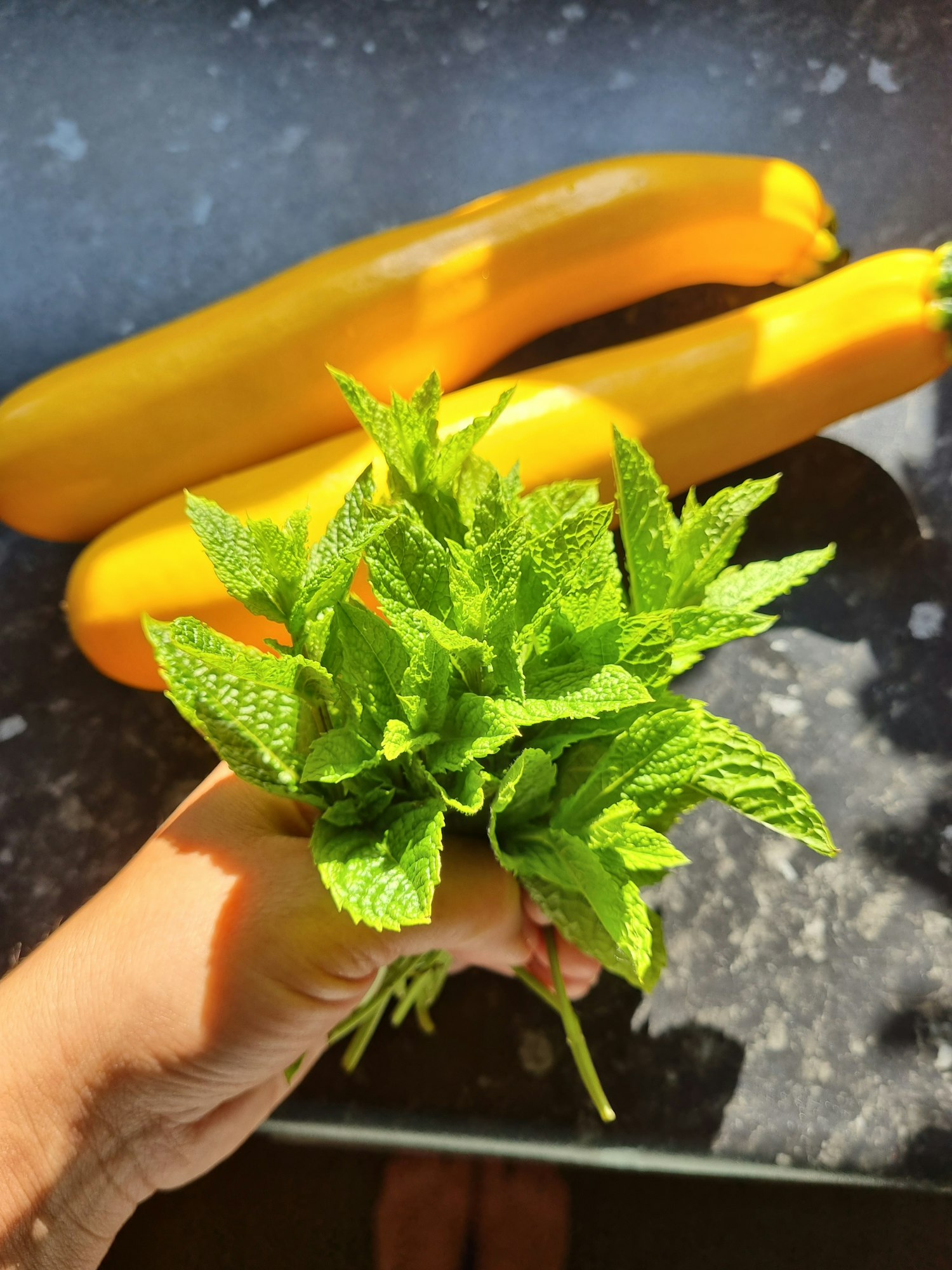
Mint is known for its refreshing zest and vigorous growth. Plant in containers to prevent it from overtaking your garden. Peppermint is potent and perfect for teas, while Spearmint is milder and ideal for salads and cocktails.
Culinary and Beverage Applications
Use in everything from mojitos to mint chutney, adding a cool, fresh flavor.
3. Cilantro (Coriander)
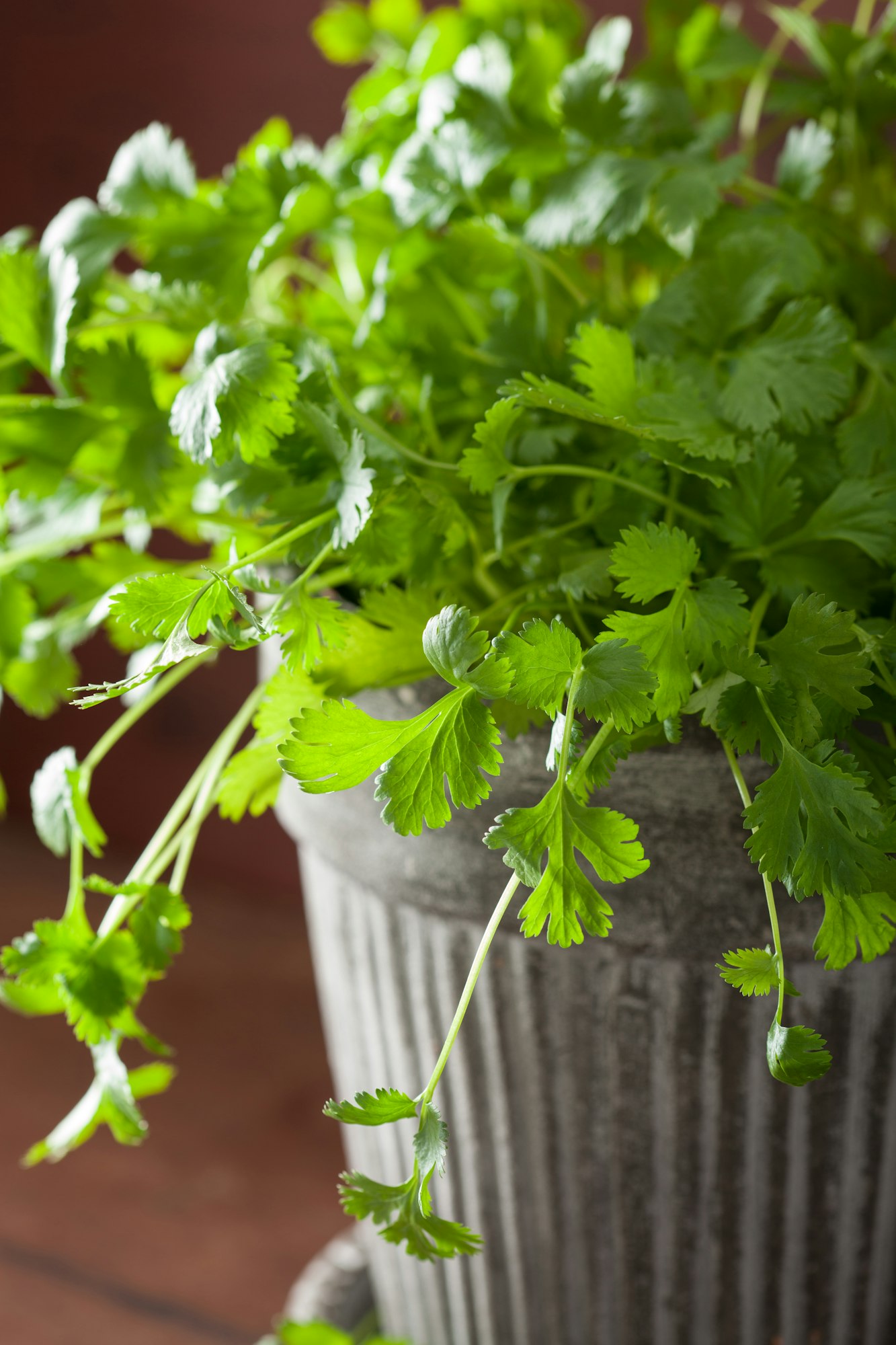
A dual-purpose herb that offers two spices in one plant: the leaf (Cilantro) and the seed (Coriander). Prefers cooler conditions; plants in well-drained soil and partial shade.
Culinary Uses
A staple in Mexican, Asian, and Indian cuisines, cilantro adds a fresh, tangy flavor to dishes, while coriander seeds are used in spice blends.
Get Gardening For Beginners
Our new EBOOK shows newcomers and green thumbs alike a step by step guide to growing the garden of their dreams.
4. Parsley
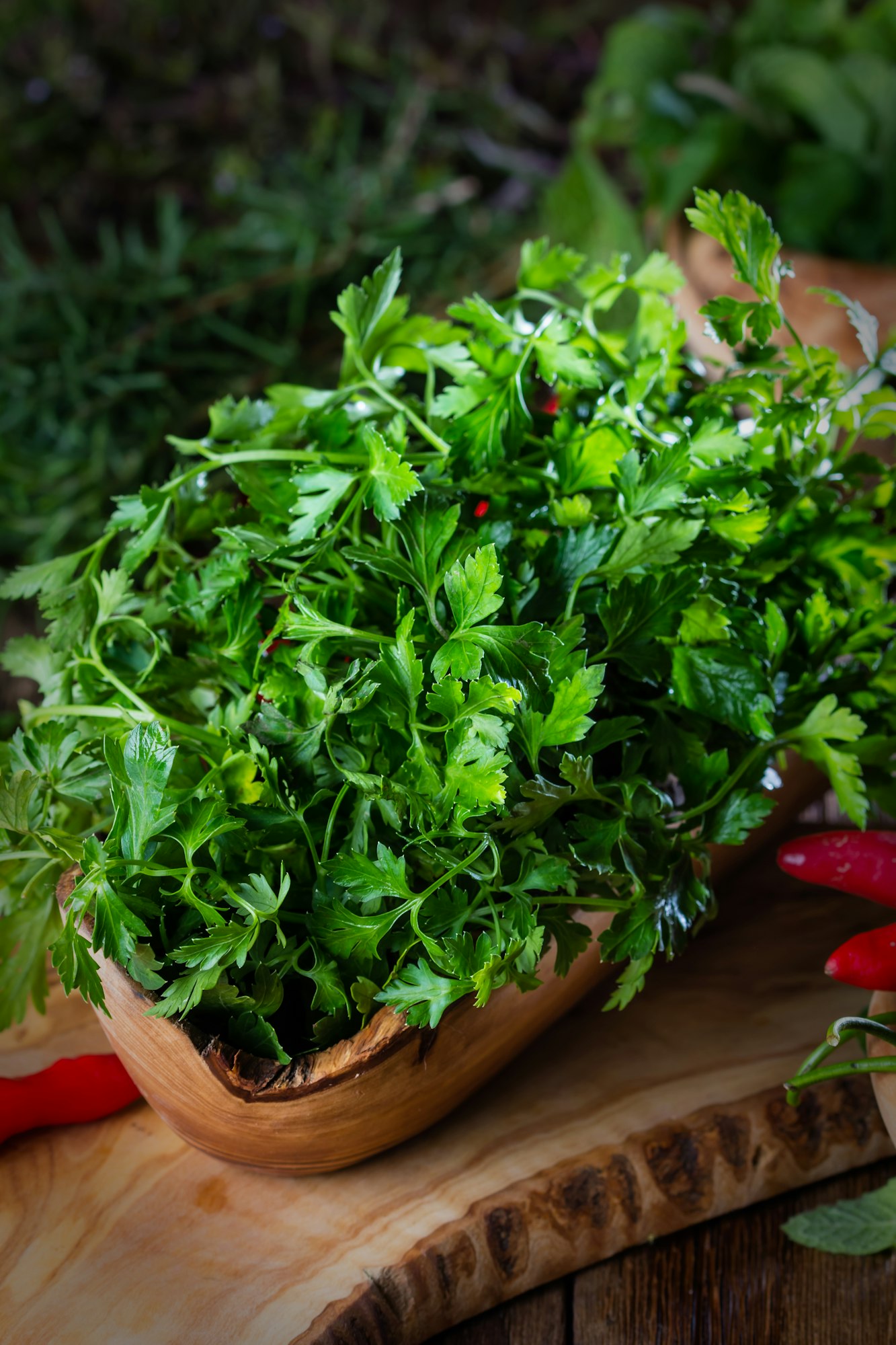
Far more than a plate decoration, parsley is a versatile herb rich in vitamins. Both curly and flat-leaf varieties are easy to grow in cool, moist conditions. High in vitamins A, C, and K.
Culinary Uses
Adds a fresh, slightly peppery flavor to soups, salads, and sauces.
5. Thyme
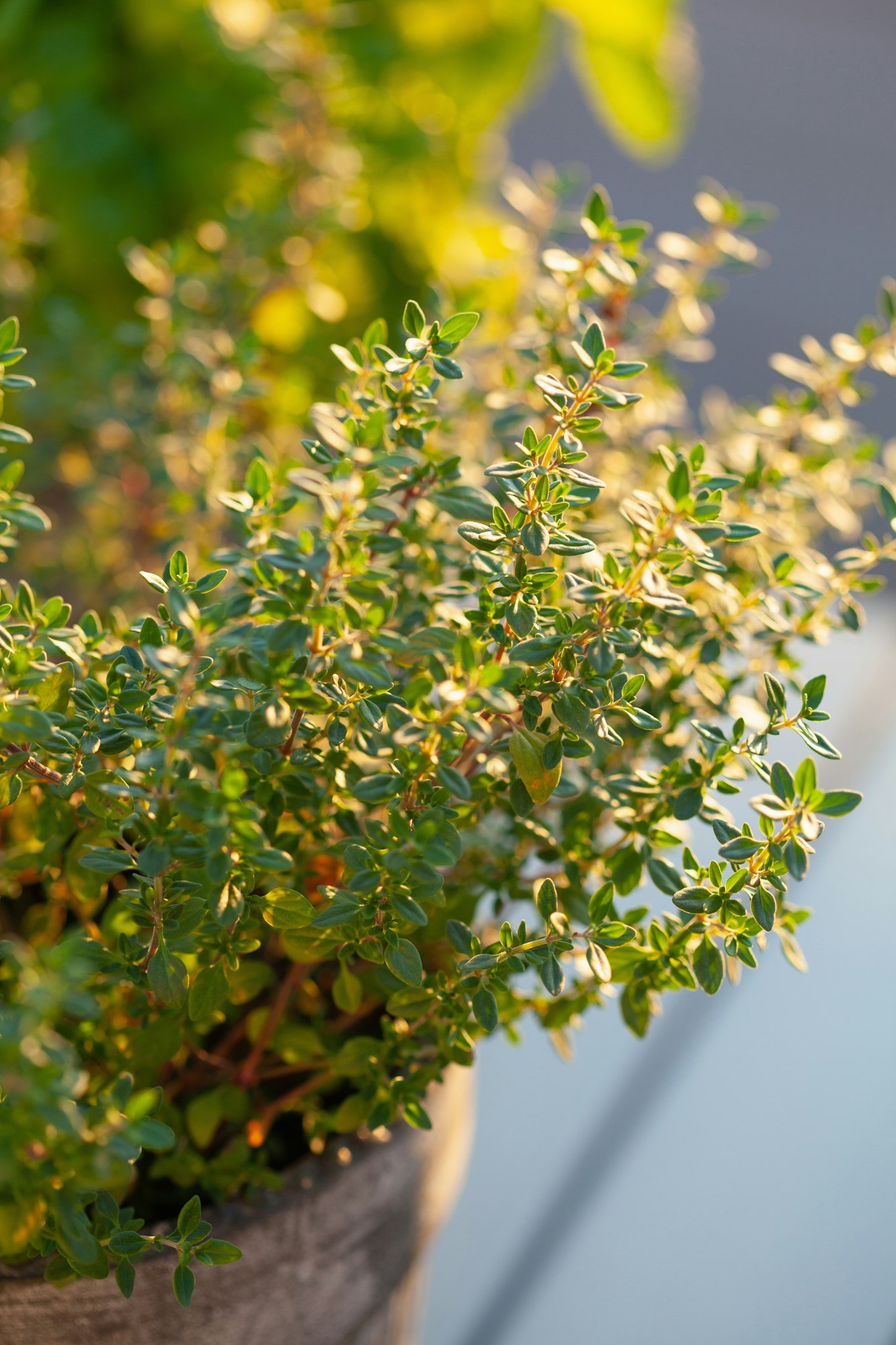
A perennial herb with a penchant for well-drained soil and full sun. Thyme is drought-tolerant and thrives with minimal watering. Varieties: Lemon Thyme adds a citrus twist.
Culinary Uses
Its leaves enhance the flavor of meats, soups, and stews with a subtle, earthy aroma.
6. Rosemary
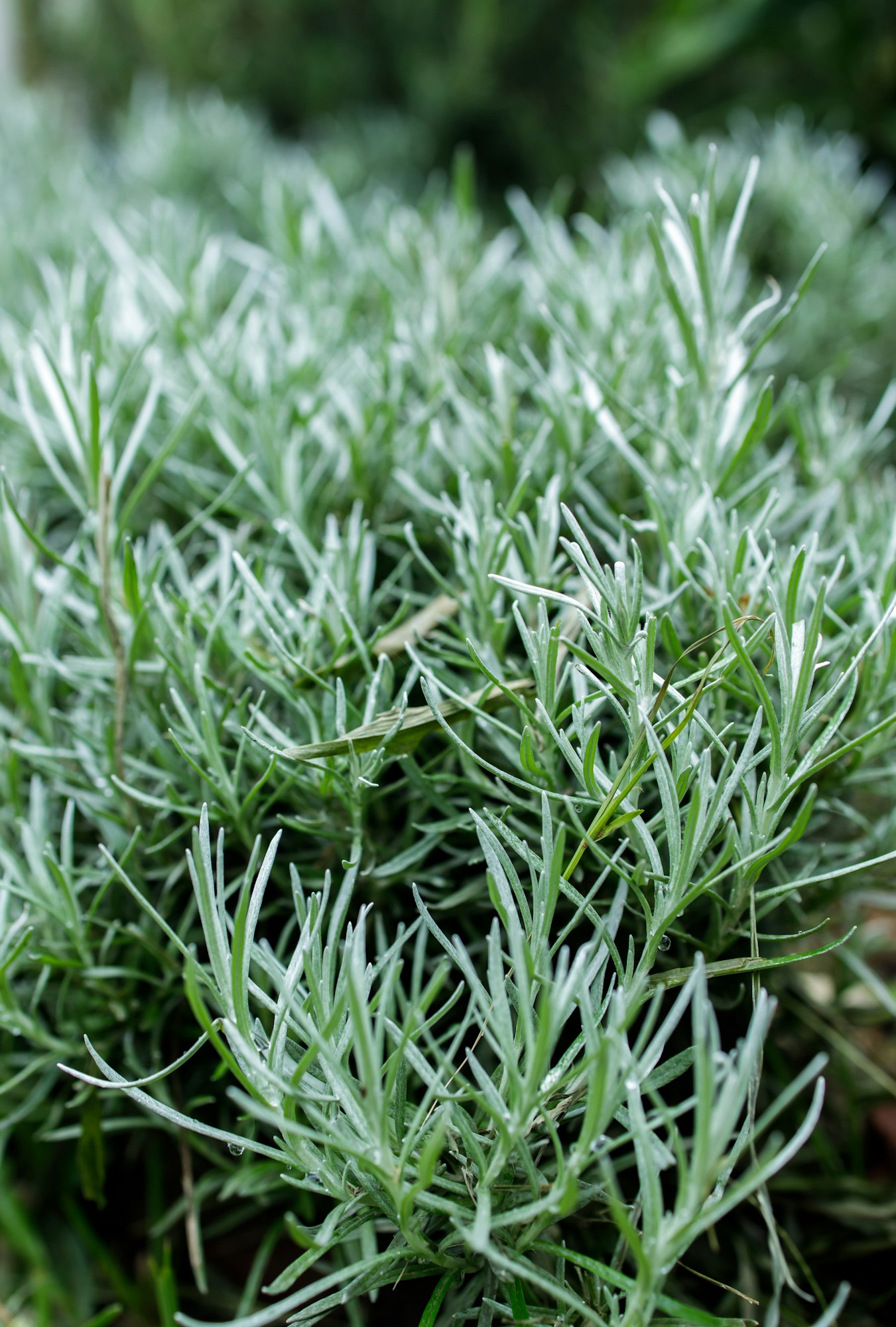
Rosemary is as ornamental as it is culinary, with needle-like leaves and a woody aroma. Prefers full sun and well-drained soil; can grow into large bushes. Strong and piney, perfect for meats and bread.
Culinary Uses
Essential in Mediterranean cooking; great in marinades.
7. Oregano
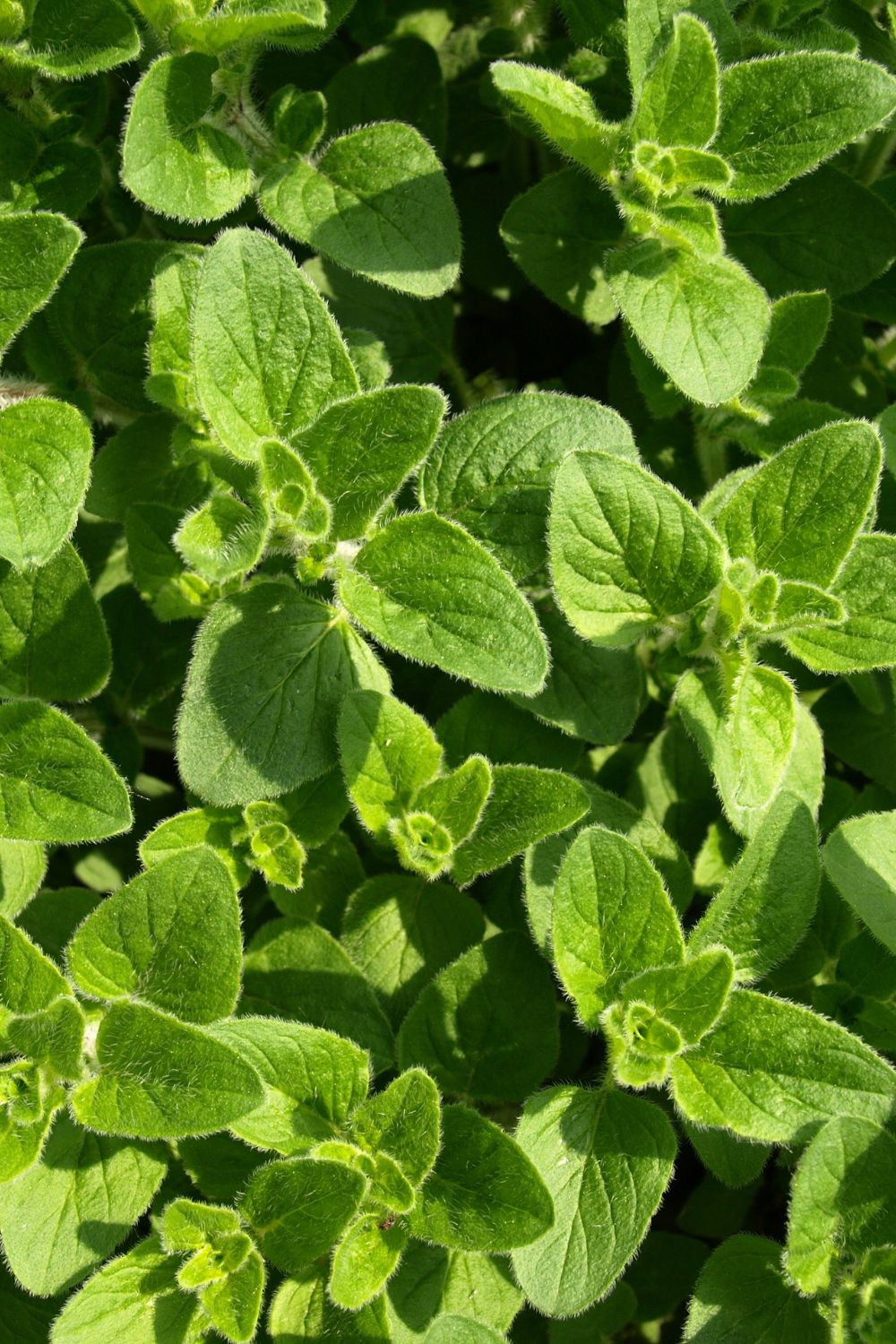
Oregano is a robust herb that’s easy to grow and provides a punch of flavor. Thrives in full sun and well-drained soil; drought-tolerant once established. Greek Oregano is sharp and spicy, while Italian is milder.
Culinary Uses
A staple in Italian, Greek, and Mexican dishes, adding depth to sauces and pizzas.
8. Sage
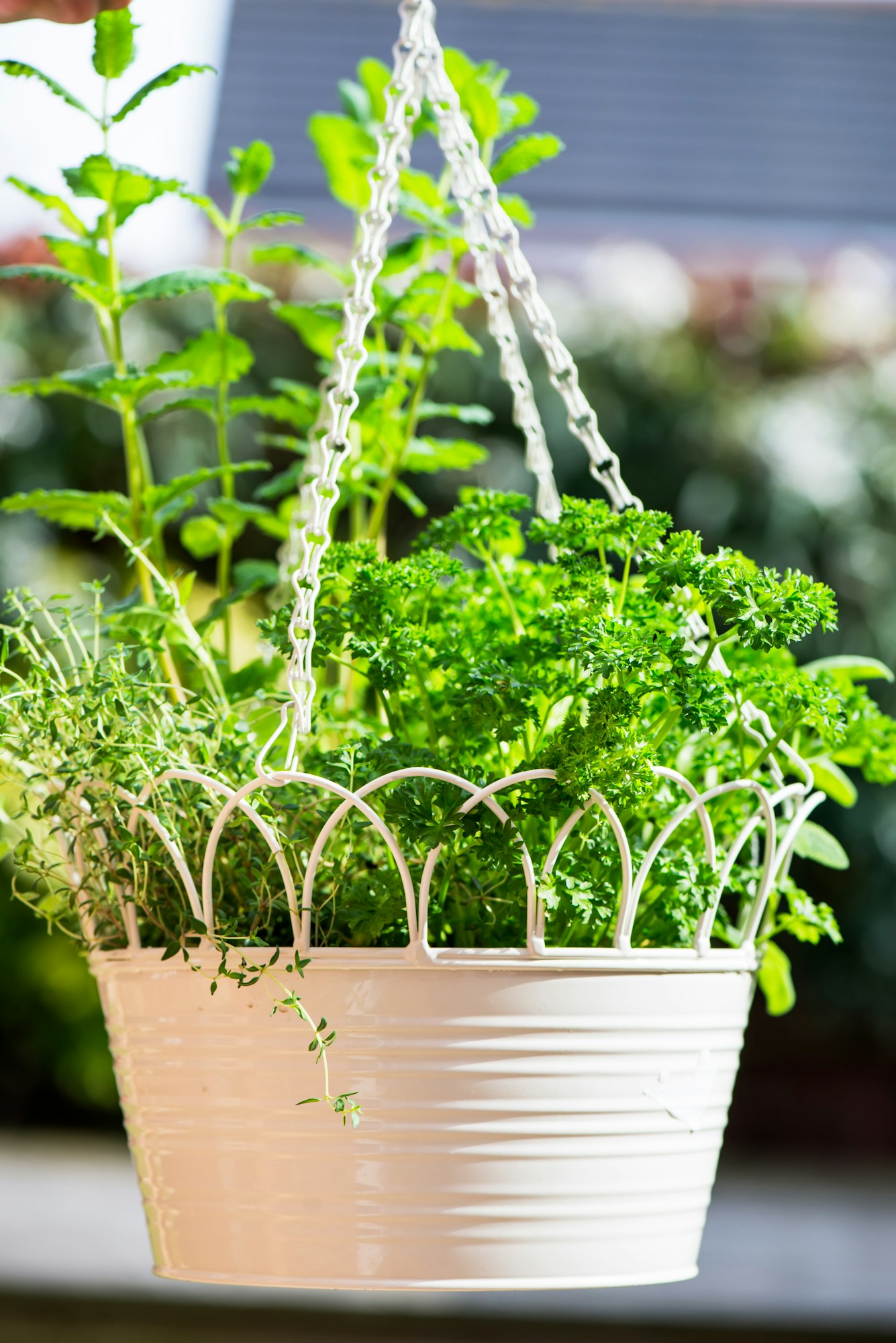
Sage offers both culinary and medicinal properties, with velvety leaves and a savory flavor. Prefers sunny spots and well-drained soil; prune regularly.
Culinary Uses
Ideal for stuffing and paired with pork, chicken, and sausages. Medicinal Properties: Used in traditional medicine for its anti-inflammatory properties.
9. Chives
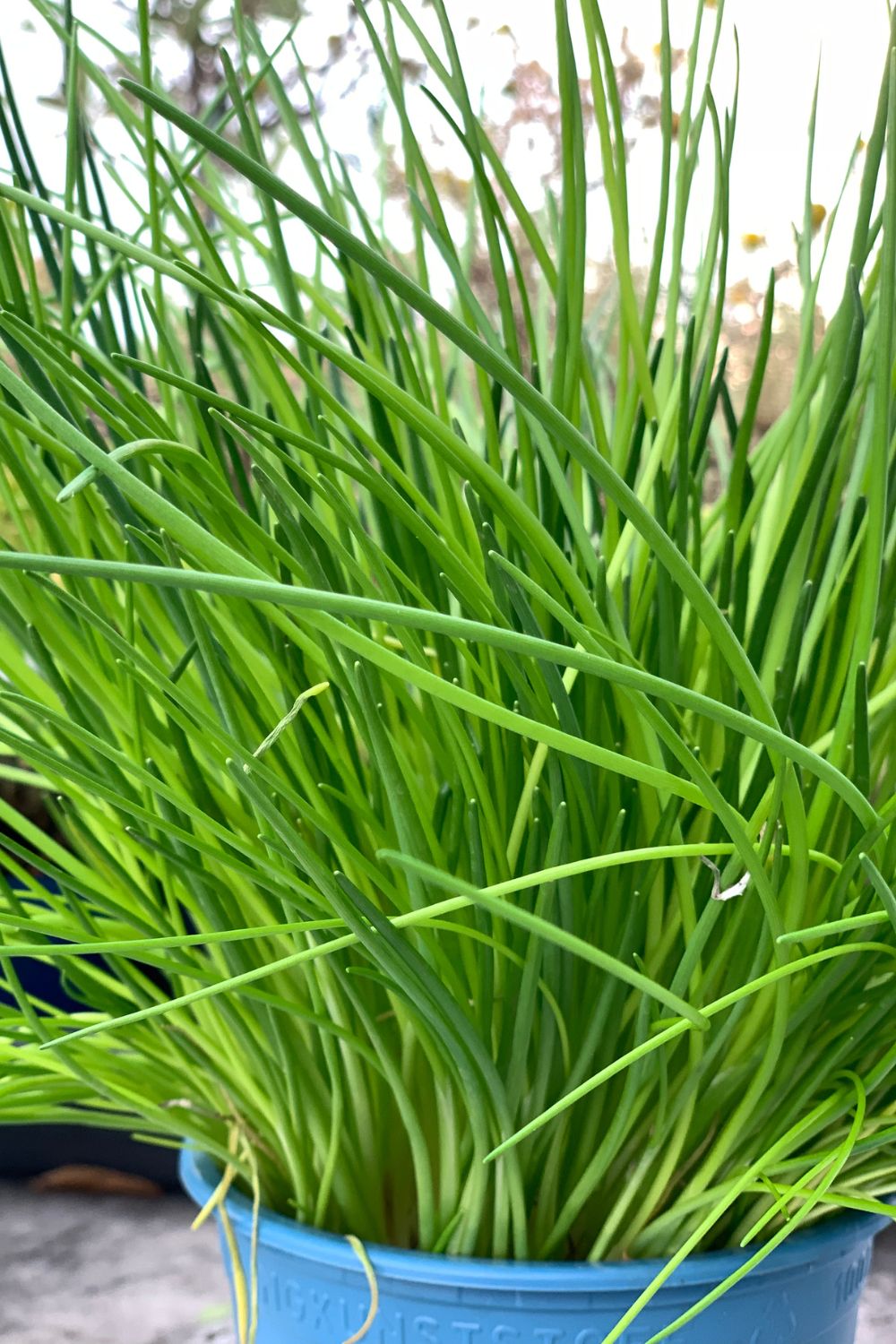
Chives add a light oniony flavor without overpowering dishes. Easy to grow in full sun or partial shade; keep the soil moist.
Culinary Uses
Perfect as a garnish on potatoes, soups, and salads. Aesthetic Value: Their purple flowers are also edible and can add color to your garden.
10. Dill
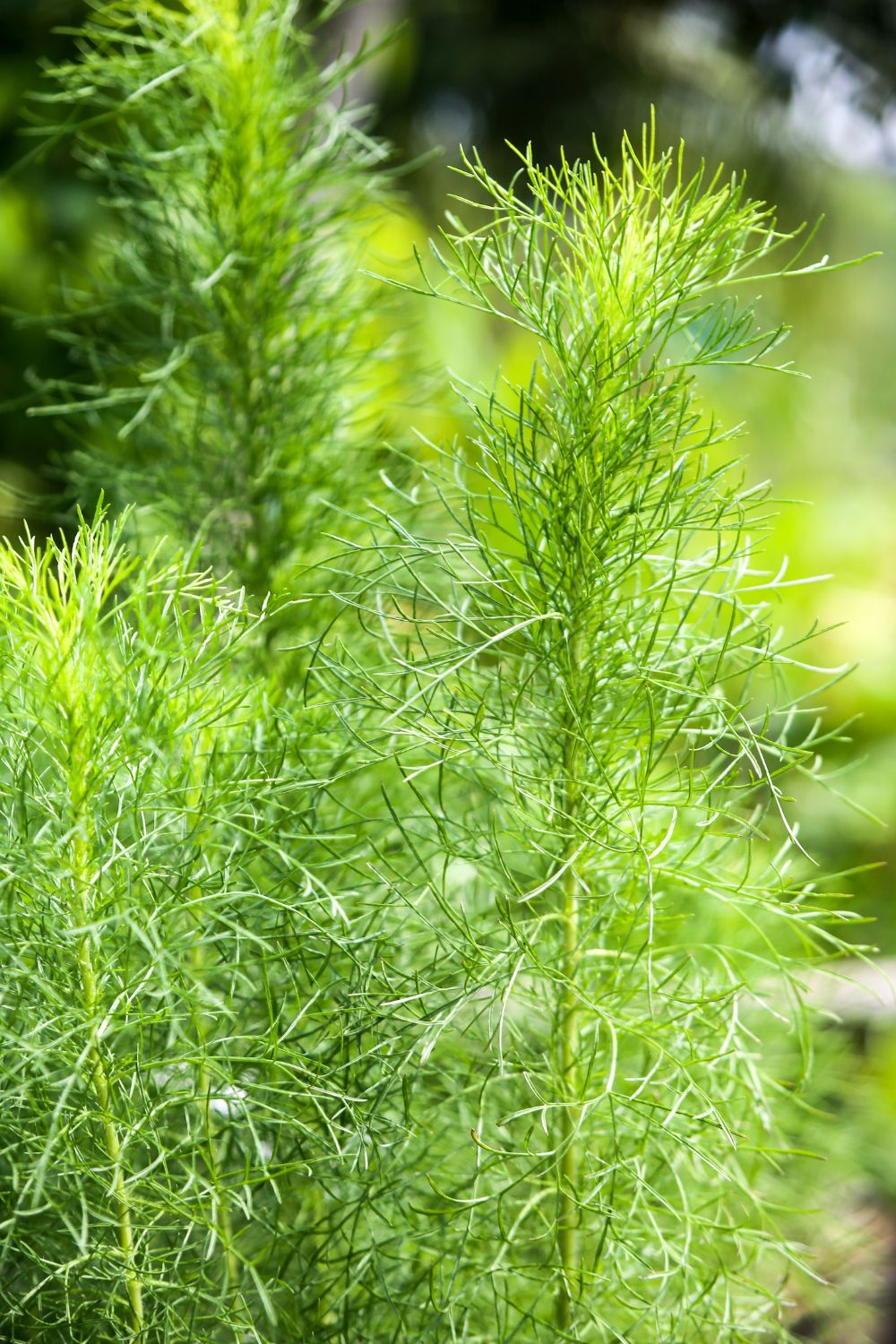
Dill’s feathery leaves are as decorative as they are tasty, offering a sweet, grassy flavor. Prefers full sun and rich, well-drained soil.
Culinary Uses
Essential for pickling, and great with fish, salads, and sauces. Companion Planting: Benefits garden by repelling pests and attracting beneficial insects.
11. Tarragon
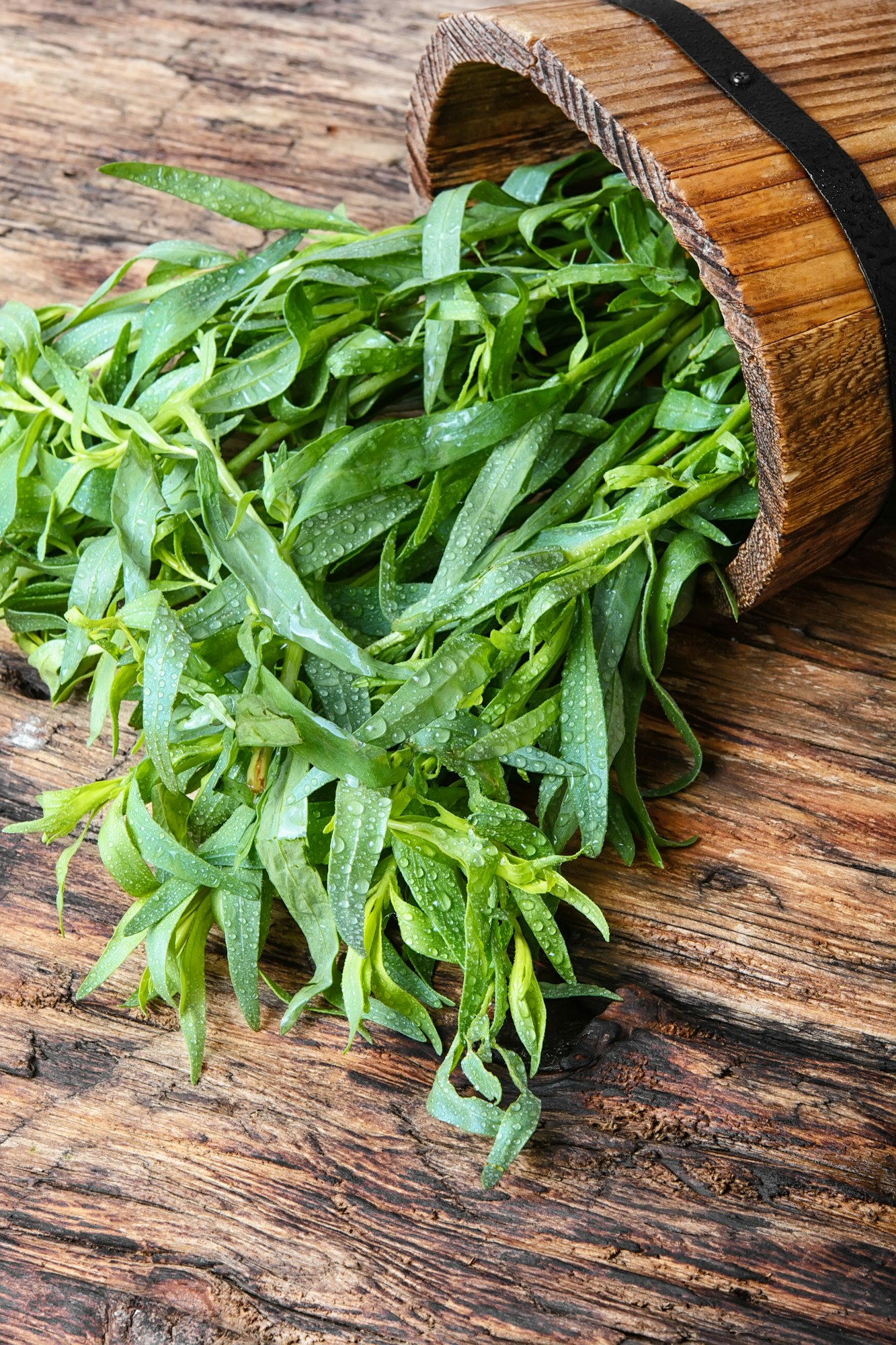
Tarragon brings a bittersweet, anise-like flavor to the kitchen, particularly favored in French cooking. Best grown in light, well-drained soil with plenty of sunlight.
Culinary Uses
Perfect in sauces, such as béarnaise, and pairs wonderfully with chicken and fish. Varieties: French Tarragon is more flavorful than its Russian counterpart.
12. Lavender
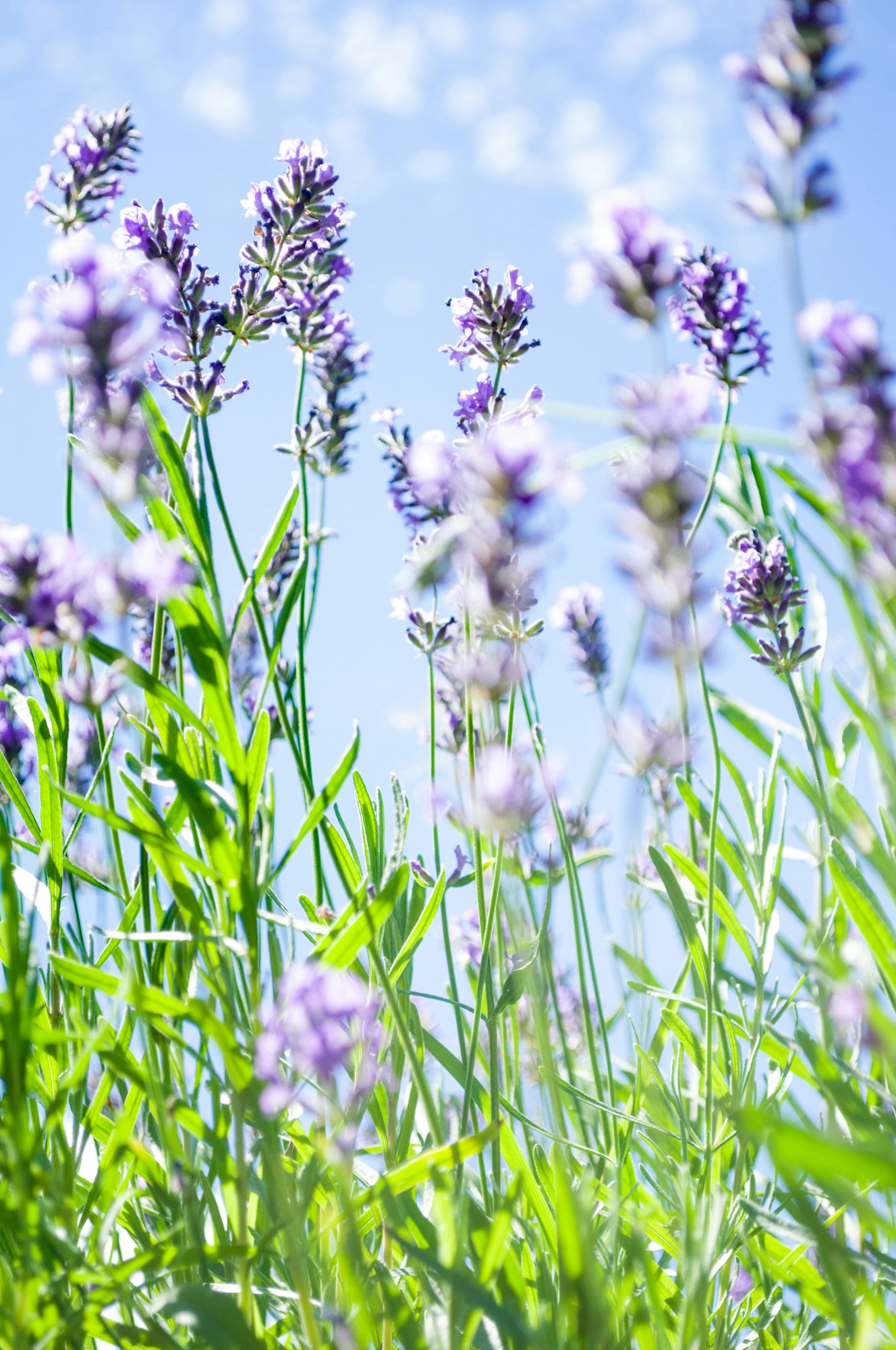
Lavender is cherished for its scent and subtle floral flavor. Prefers full sun and well-drained, slightly alkaline soil.
Culinary Uses
Lavender enhances desserts like ice cream and scones and adds complexity to teas. Beyond the Kitchen: Its aroma is calming and beneficial for sleep and relaxation.
13. Lemongrass
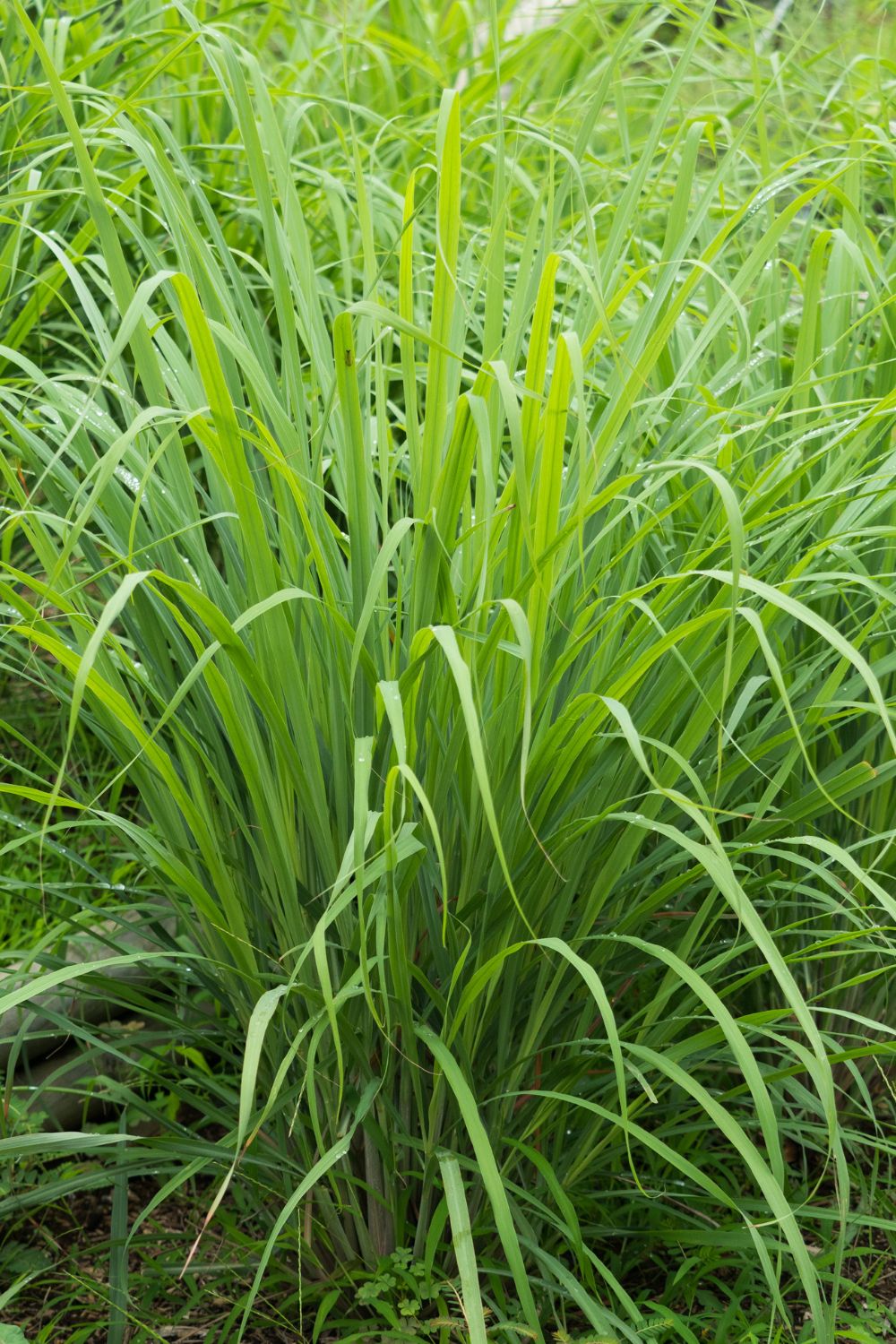
Lemongrass is a tropical herb with a lemony scent and is a staple in Asian cuisines. Needs full sun and moist, well-drained soil.
Culinary Uses
Adds a citrus flavor to soups, curries, and teas. Repellent Properties: Natural mosquito repellent.
14. Fennel
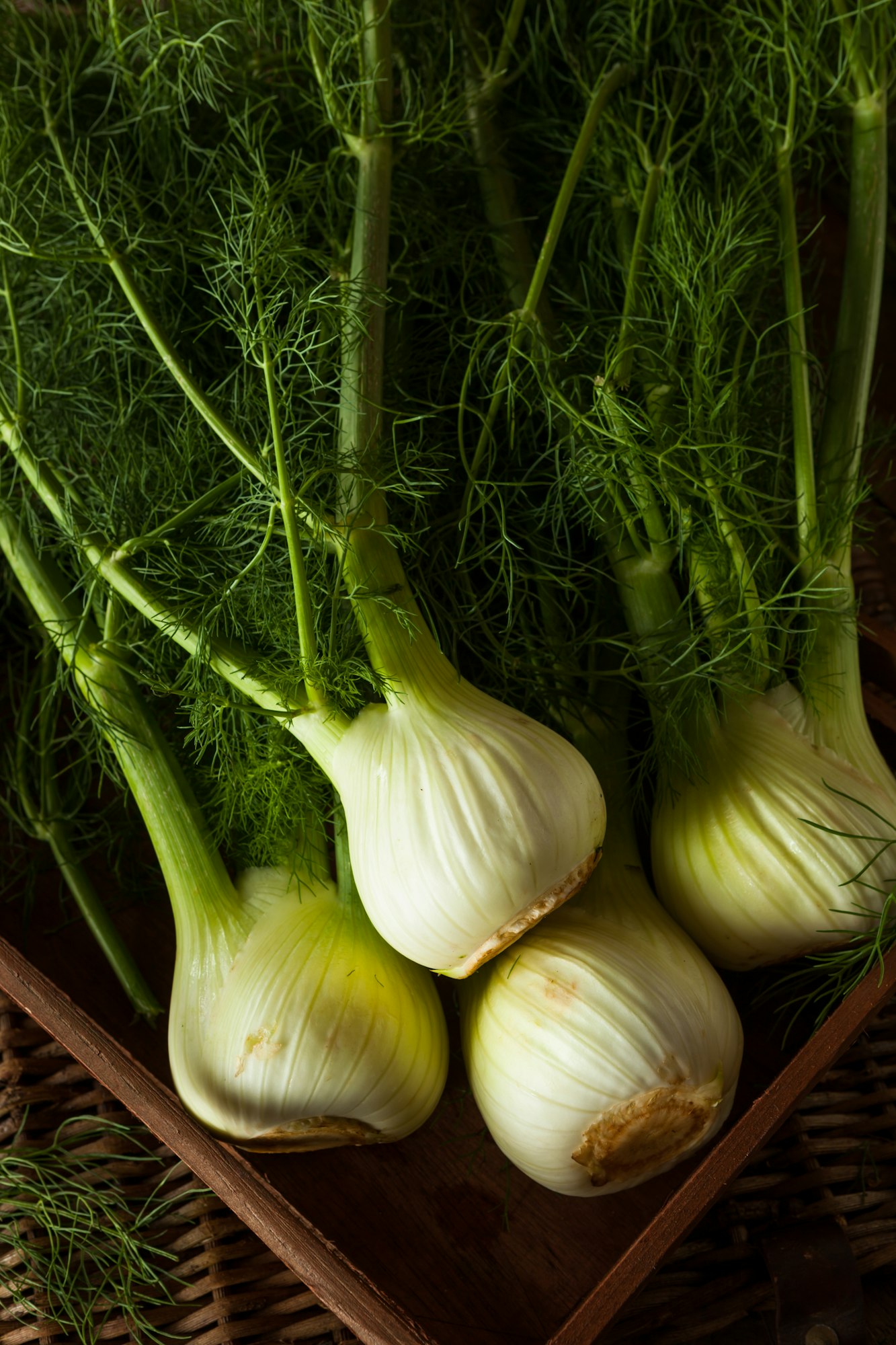
Fennel is known for its feathery foliage and distinctive licorice flavor. Thrives in full sun and fertile, well-drained soil.
Culinary Uses
Bulb, fronds, and seeds are all edible, great in Italian cooking, salads, and for infusing spirits. Garden Benefits: Attracts beneficial insects.
15. Marjoram
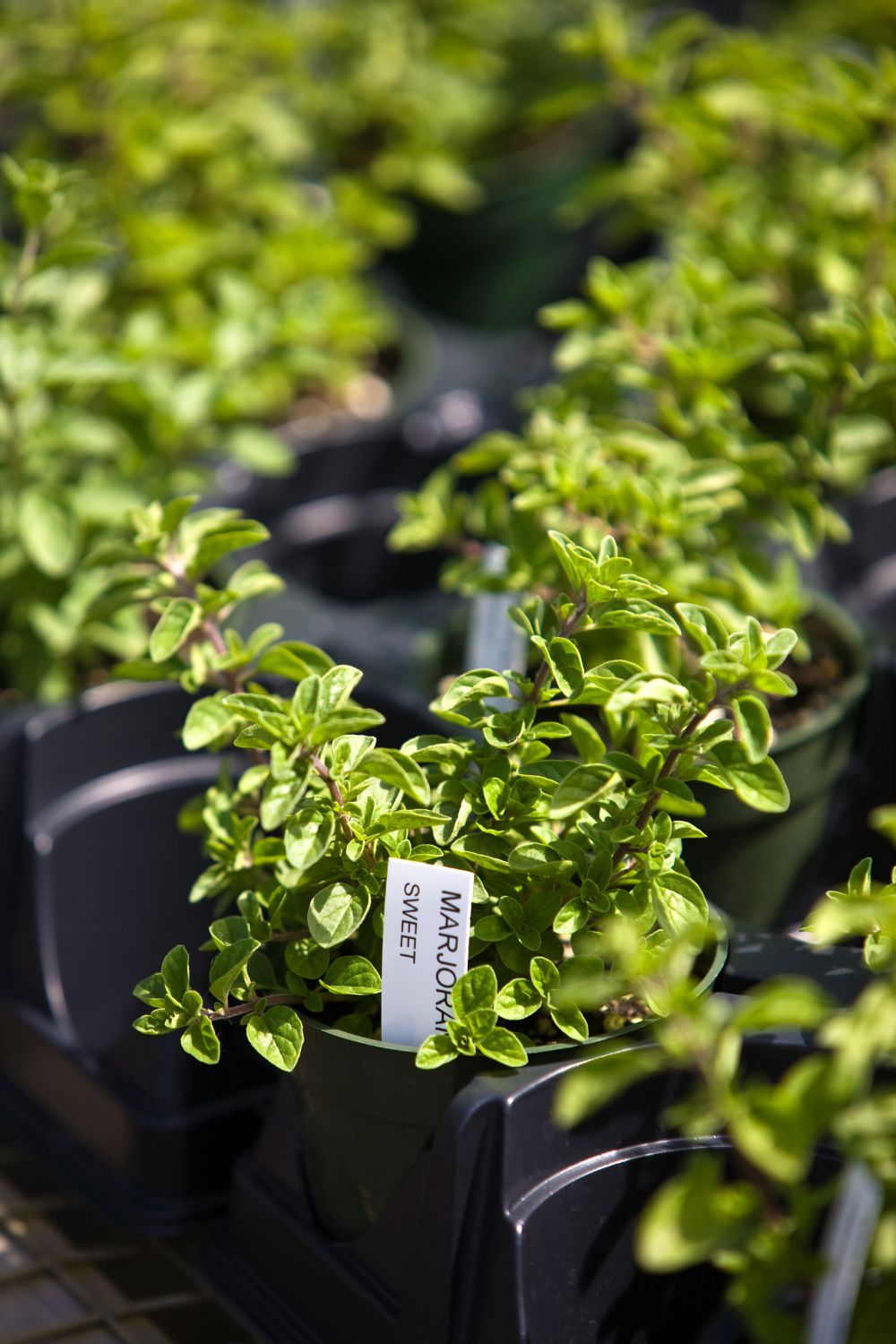
Marjoram is a delicate herb with a sweet, citrus, and pine flavor profile. Prefers full sun and well-drained soil; protects from cold.
Culinary Uses
Adds warmth to soups, stews, and seasoning blends. Differences: Milder and sweeter than oregano, despite their visual similarity.
16. Bay Leaves
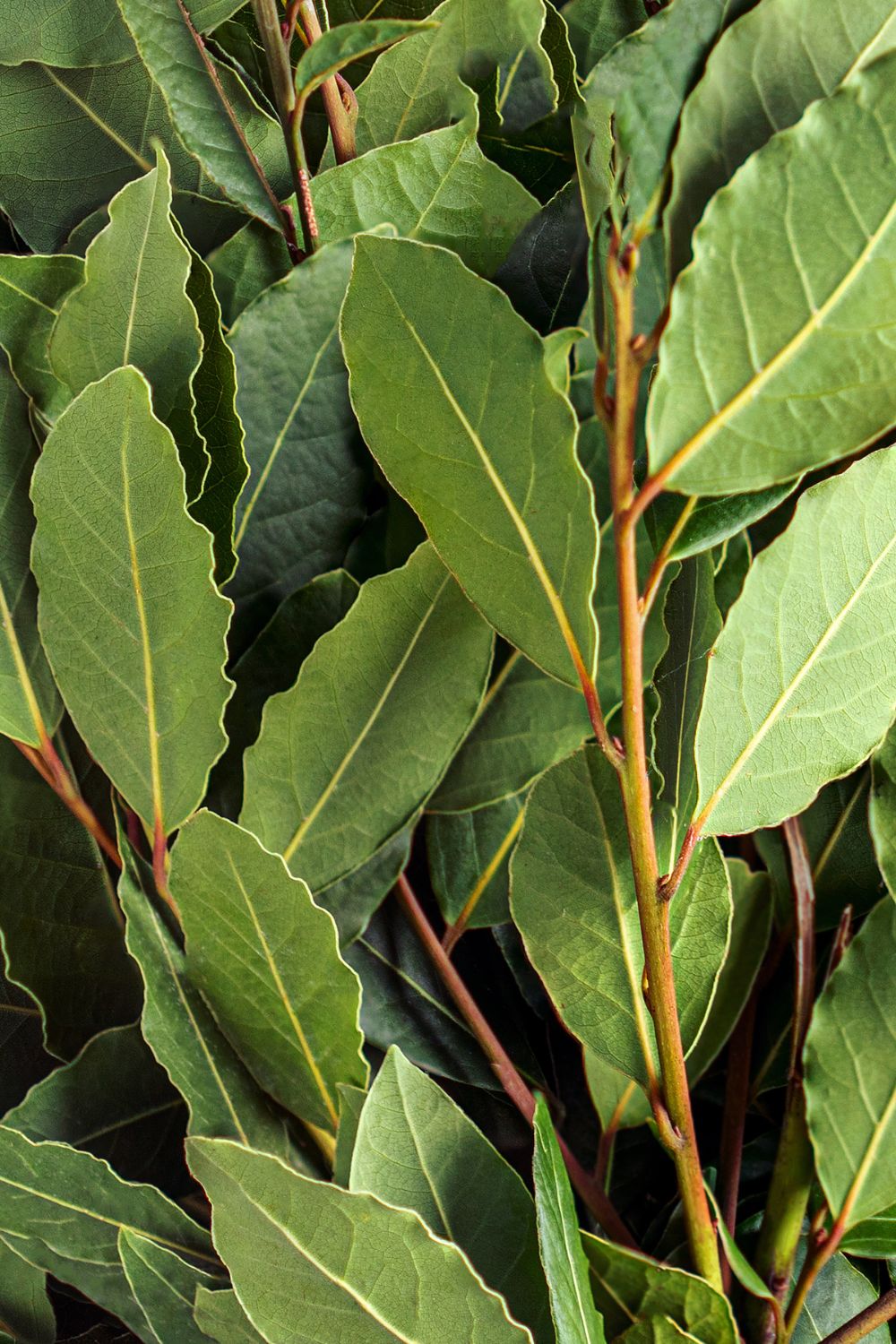
Bay leaves add depth and complexity to dishes with their slow-releasing flavor. Bay laurel trees thrive in pots with well-drained soil; and can be grown indoors in cold climates.
Culinary Uses
Essential in soups, stews, and braises for their subtle, herbal essence.
17. Borage
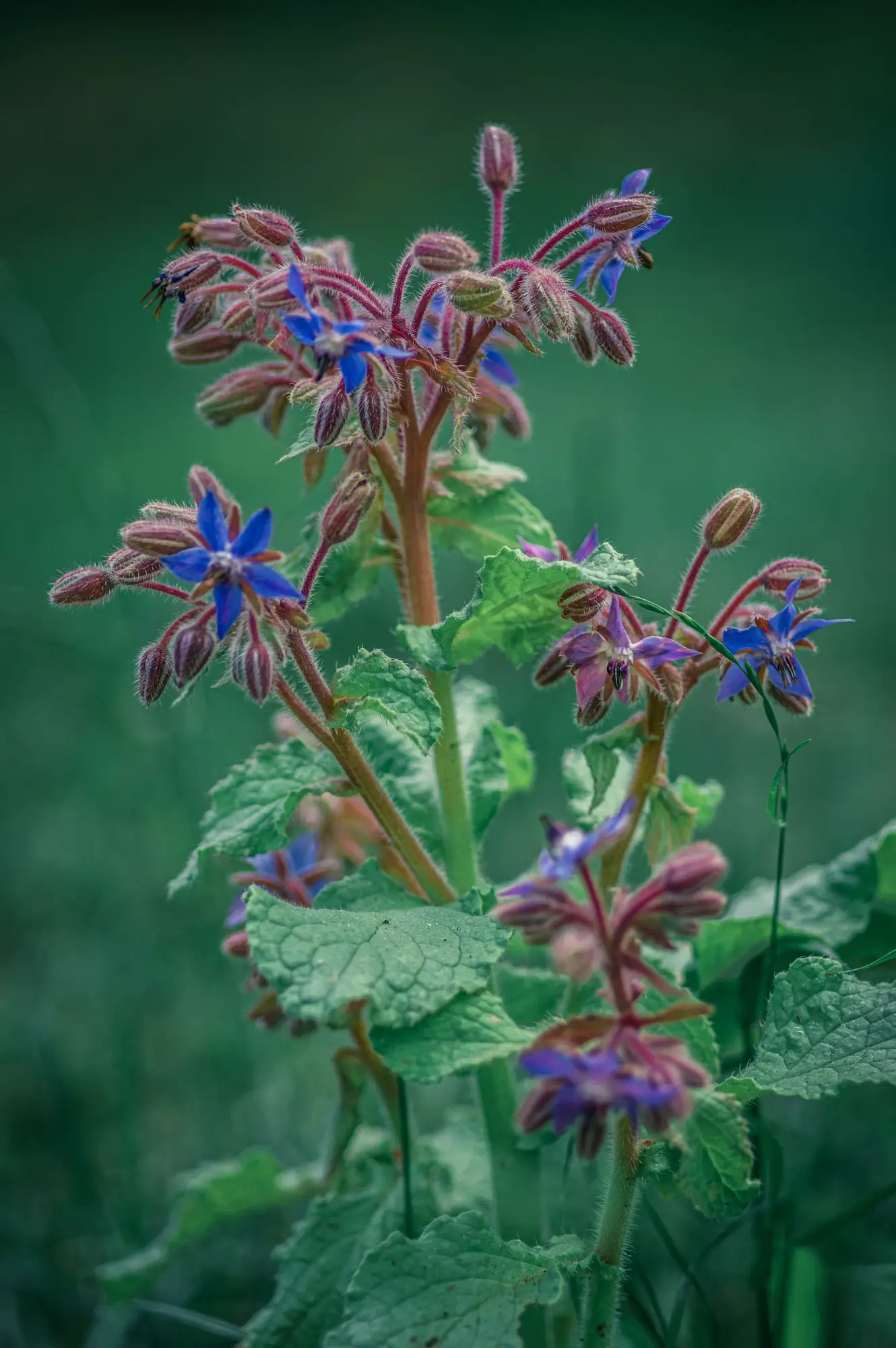
Borage, with its star-shaped flowers, offers more than beauty to the garden. Easy to grow from seed in well-drained soil; tolerates poor soil.
Culinary Uses
Leaves and flowers add a cucumber-like flavor to salads and drinks. Garden Benefits: Attracts pollinators like bees, improving the health and yield of your garden.
Each of these herbs brings its own unique set of flavors, benefits, and beauty to your garden and kitchen, making the act of growing and using them a truly enriching experience.





